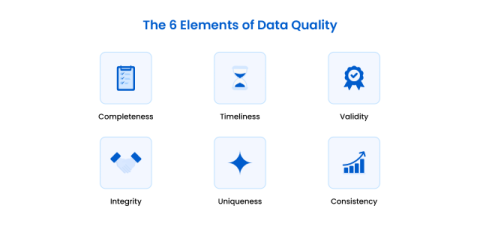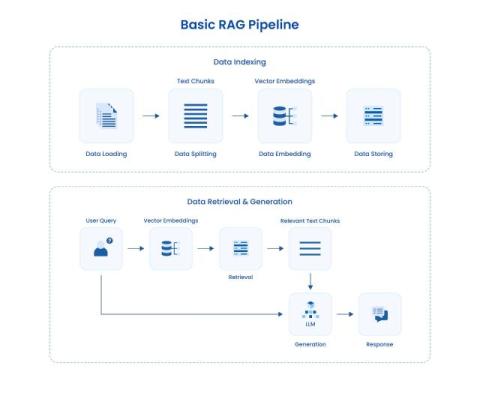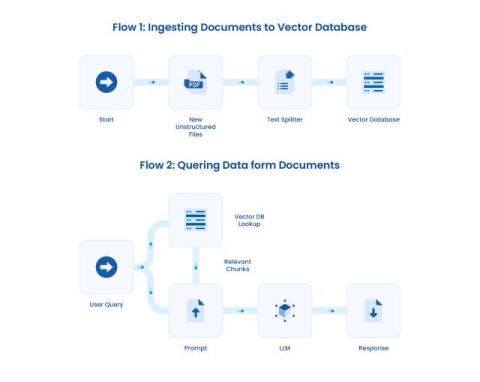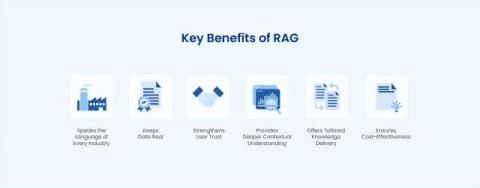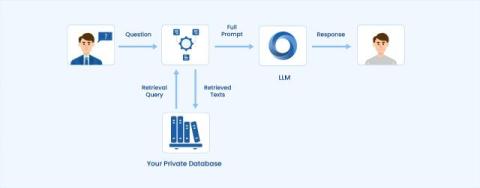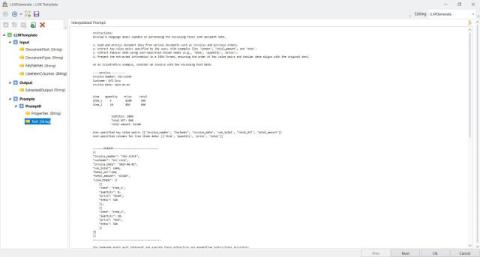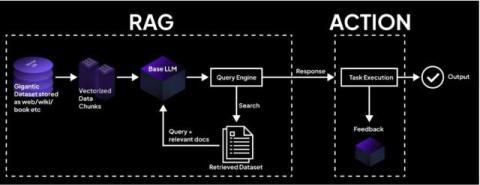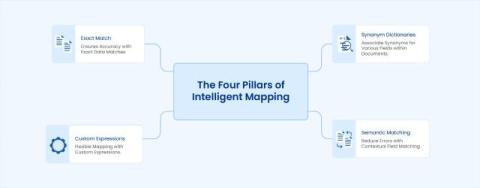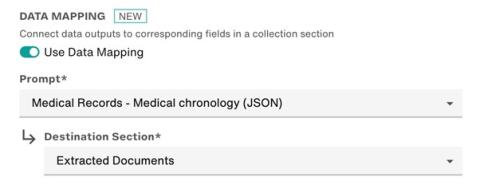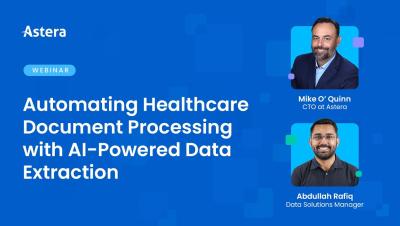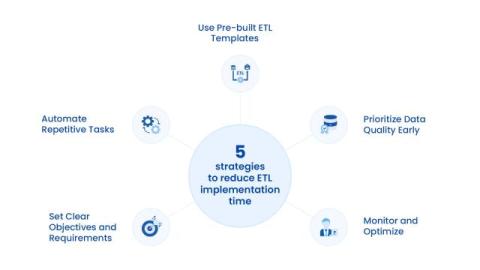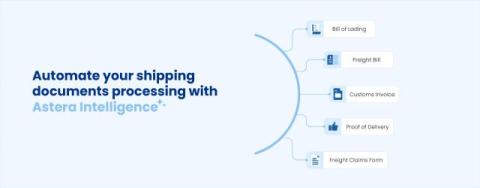Why Your Organization Should Use AI to Improve Data Quality
Data’s value to your organization lies in its quality. Data quality becomes even more important considering how rapidly data volume is increasing. According to conservative estimates, businesses generate 2 hundred thousand terabytes of data every day. How does that affect quality? Well, large volumes of data are only valuable if they’re of good quality, i.e., usable for your organization’s analytics and BI processes.


